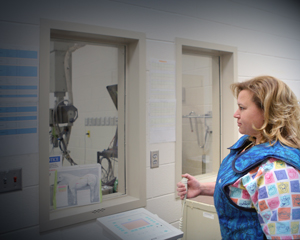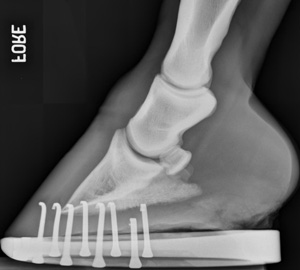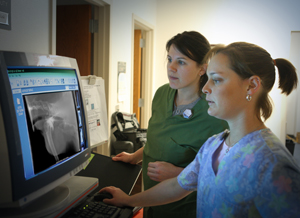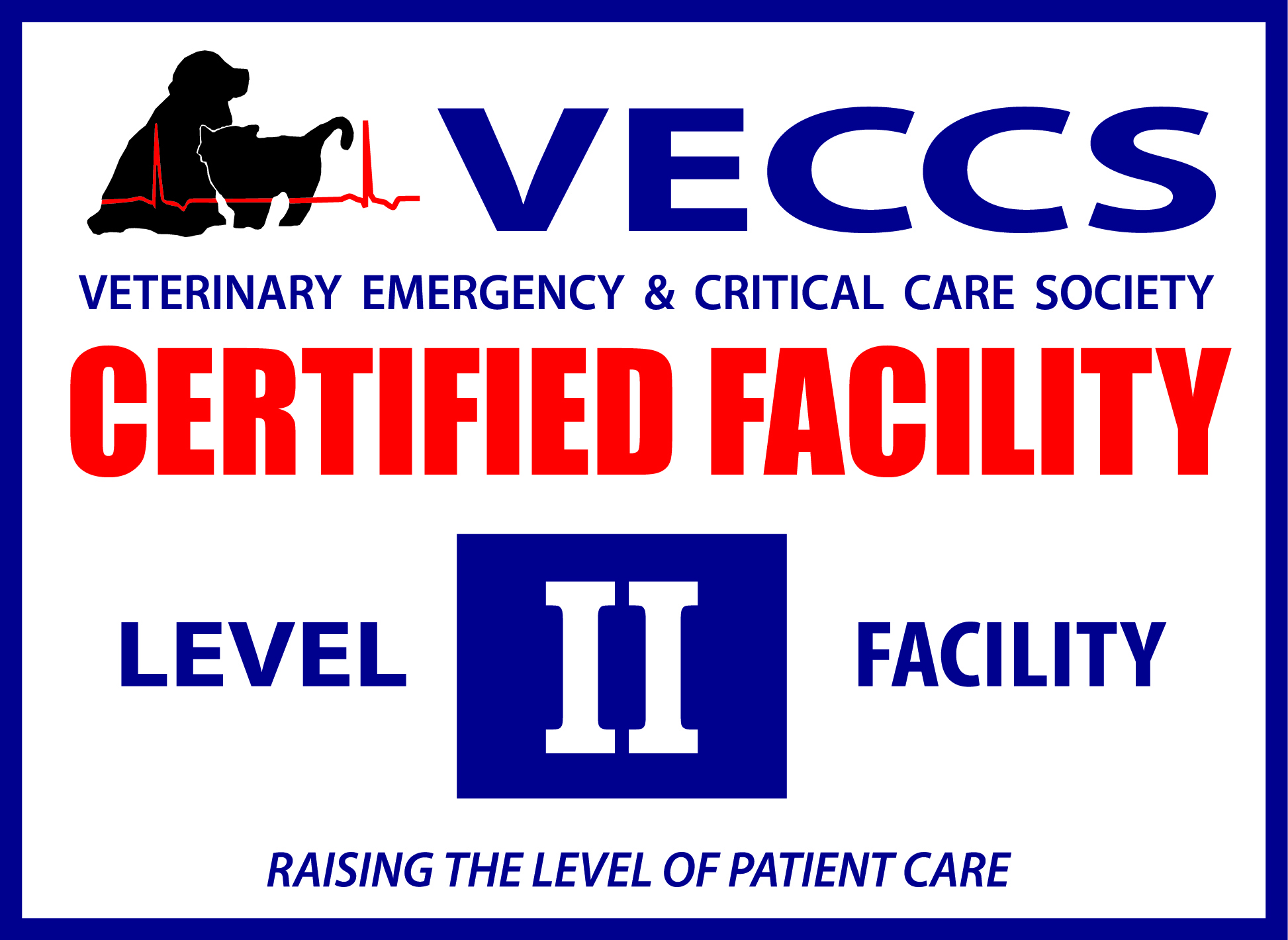
Large Animal Diagnostic Imaging at Texas A&M University is a service oriented department. The Large Animal Diagnostic Imaging Service is fully staffed and includes five senior faculty radiologists. The radiologists work closely with all large animal services to provide the appropriate imaging exam for the patient. In addition, all imaging studies are evaluated by a senior faculty radiologist.
Imaging procedures are performed daily to aid with the diagnosis of various ailments. Studies that are performed include: Radiography (x-ray images), contrast procedures, Large Animal Ultrasound, and Nuclear Medicine (bone scans).
With the opening of the Diagnostic Imaging and Cancer Treatment center (DICTC) in fall of 2011, the hospital will have the capability of performing large animal Computed Tomography (CT) and Magnetic Resonance Imaging (MRI) studies. The DICTC will house a 40-slice CT and a wide bore 3.0 T MRI to provide faster and clearer studies. With DICTC, the hospital will be able to provide advanced imaging capabilities for improved detection and diagnosis of various diseases. Additional applications for MRI and CT imaging studies include utilizing the information for surgical and treatment planning. All imaging studies utilize the latest in digital technology and are archived within the hospital computerized network (PACS).
Radiography (X-ray Images)

The large animal hospital is fully equipped with two Eklin digital radiography systems (DR) and an AGFA computed radiography system (CR).
An example of studies that may be performed on your animal include radiography of the skull to evaluate for sinusitis, dental disease or fractures; radiography of bones, joints or soft tissue structures to evaluate for a clinical musculoskeletal lameness; radiography of the thorax and abdomen to evaluate for internal medical problems such as diseases of the respiratory and gastrointestinal tracts.
Contrast procedures

Your clinician may decide to perform a contrast procedure. A contrast agent is used to highlight various regions for improved detection of abnormalities. Indications for contrast studies include evaluation of the gastrointestinal tract, urinary tract and draining tracts.



